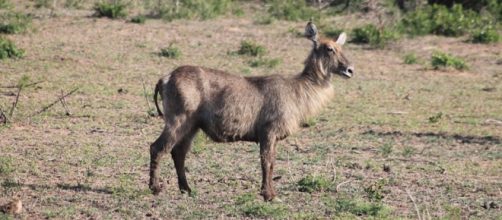A magnificent African wildlife National Park needs people to work with them to monitor the come-back of animal species as they recover from a devastating civil war.
The Gorongosa National Park in Mozambique has teamed up with Zooniverse, the Gorongosa Restoration Project, and the Hughes Medical Institute to monitor the wildlife in the Reserve. They need the help of volunteers who love wildlife and have access to the internet in their animal population studies.
This is a fantastic opportunity for animal lovers from all over the world to participate in saving Africa’s wildlife.
"This is a meaningful and entertaining way to work for wildlife," says John Fowler, who joined up though Zooniverse about two months ago. “There are so many volunteer projects out there but not all of us can afford to travel to Africa to participate. I feel like I am helping out on something very close to my heart.”
The project is designed so that even amateurswho are not sure what animals they're looking at are able to participate. The Park has cameras dotted over hundreds of square kilometers, some of which are so remote they can only be accessed by helicopter. Initial reports on the project indicate that wildlife is on the rise since the war in Mozambique ended in 1994.
The Park animals were greatly disturbed by the war and many species were almost wiped out.
Poaching is still a problem in the area, but the vastness of the place makes it difficult to monitor everything at once.
Gorongosa was originally designated a hunting area by the Portuguese colonials in the 1920's. The area (which is over 4,000 square km) was declared a National Park in the 1960's. In 1981, the country started a civil war that forced the abandonment of the National Park in 1983.
After the end of the civil war in 1992, uncontrolled hunting and poaching flourished for a further two years before financiers and non-profit organizations were able to assist the Mozambique Government in reclaiming the area.
Up to 95% of game species had been killed. As few as six lions and just 5 zebras were counted in the whole area.
By 2004, the Mozambique government and the US-based Carr Foundation had drawn up a strategy to bring the Park back. In 2010, the park was increased in size and now encompasses Mount Gorongosa and a 3,300 square km buffer zone.
Volunteers who wish to participate in the game counts via webcam can visit the Zooniverse website or find out more by doing a Google search for Wildcamgorongosa. It's free to join up. So far there are over 9,000 volunteers who have carried out nearly two million classifications. The project is 73% complete.

